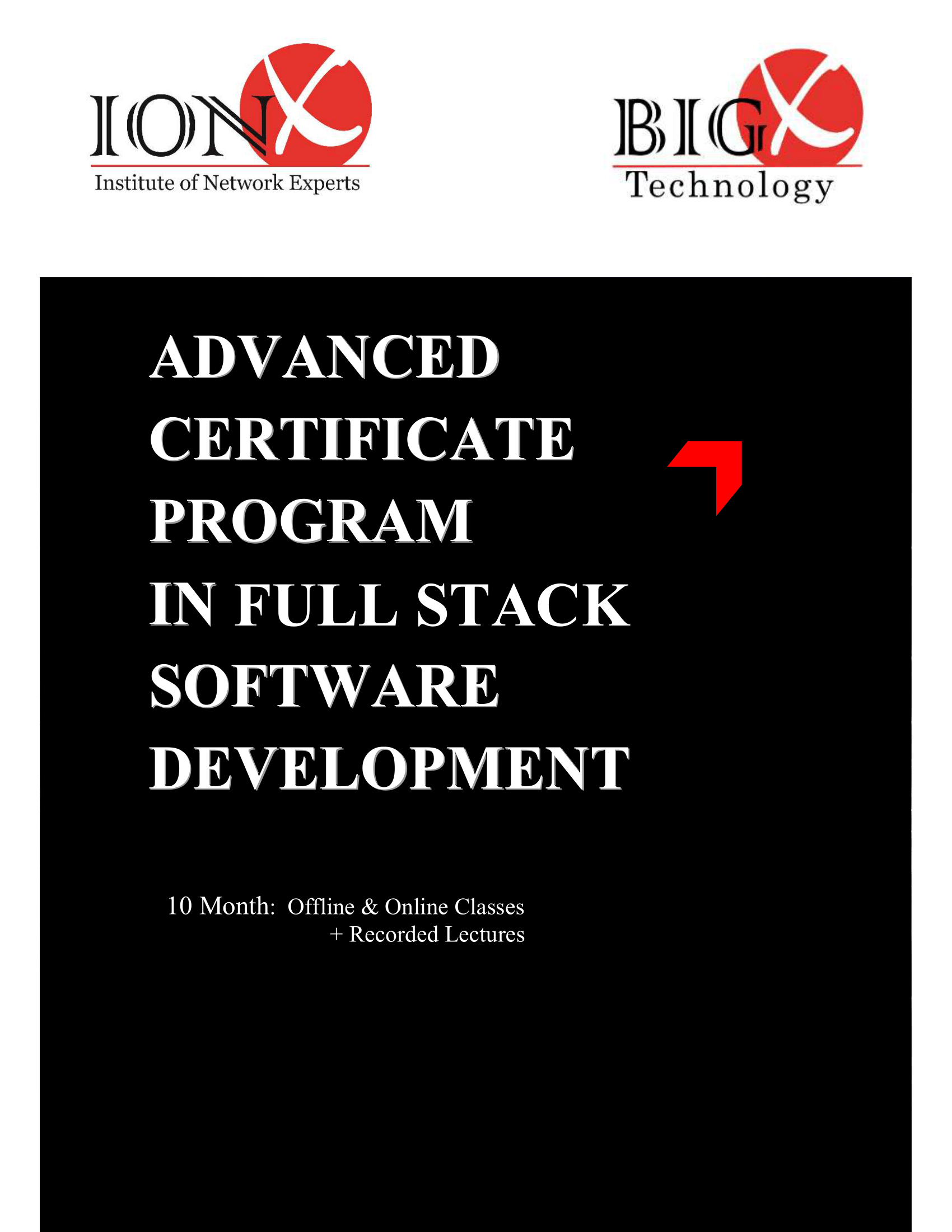Module 1: Architecting Fundamentals Review
- AWS Services and Infrastructure
- Infrastructure Models
- AWS API Tools
- Securing your infrastructure
- The Well-Architected Framework
Module 2: Account Security
- Security Principals
- Identity and Resource-Based Policies
- Account Federation
- Introduction to Managing Multiple Accounts
Module 3: Networking
- IP Addressing
- Amazon Virtual Private Cloud (VPC), Patterns and Quotas
- Routing
- Internet Access
- Network Access Control Lists (NACLs)
- Security Groups
Module 4: Compute
- Amazon Elastic Cloud Compute (EC2)
- EC2 Instances and Instance Selection
- High Performance Computing on AWS
- Lambda and EC2, When to Use Which
- Hands-On Lab: Build Your Amazon VPC Infrastructure
Module 5: Storage
- Shared File Systems
- Shared EBS Volumes
- Amazon S3, Security, Versioning and Storage Classes
- Data Migration Tools
Module 6: Database Services
- AWS Database Solutions
- Amazon Relational Database Services (RDS)
- DynamoDB, Features and Use Cases
- Redshift, Features, Use Cases and Comparison with RDS
- Scaling
- Caching and Migrating Data
- Hands-on Lab: Create a Database Layer in Your Amazon VPC Infrastructure
Module 7: Monitoring and Scaling
- Monitoring: CloudWatch, CloudTrail, and VPC Flow Logs
- Invoking Events
- Elastic Load Balancing
- Auto Scaling Options and Monitoring Cost
- Hands-on Lab: Configure High Availability in Your Amazon VPC
Module 8: Automation
- CloudFormation
- AWS Systems Manager
Module 9: Containers
- Microservices
- Monitoring Microservices with X-Ray
- Containers
Module 10: Networking Part 2
- VPC Peering & Endpoints
- Transit Gateway
- Hybrid Networking
- Route 53
Module 11: Serverless Architecture
- Amazon API Gateway
- Amazon SQS, Amazon SNS
- Amazon Kinesis Data Streams & Kinesis Firehose
- Step Functions
- Compare Amazon SQS to Amazon MQ
- Hands-on Lab: Build a Serverless Architecture
Module 12: Edge Services
- Amazon CloudFront
- AWS Web Application Firewall (WAF), DDoS and Firewall Manager
- Compare AWS Global Accelerator and Amazon CloudFront
- AWS Outposts
- Hands-On Lab: Configure an Amazon CloudFront Distribution with an Amazon S3 Origin
Module 13: Backup and Recovery
- Planning for Disaster Recovery
- AWS Backup
- Recovery Strategies





